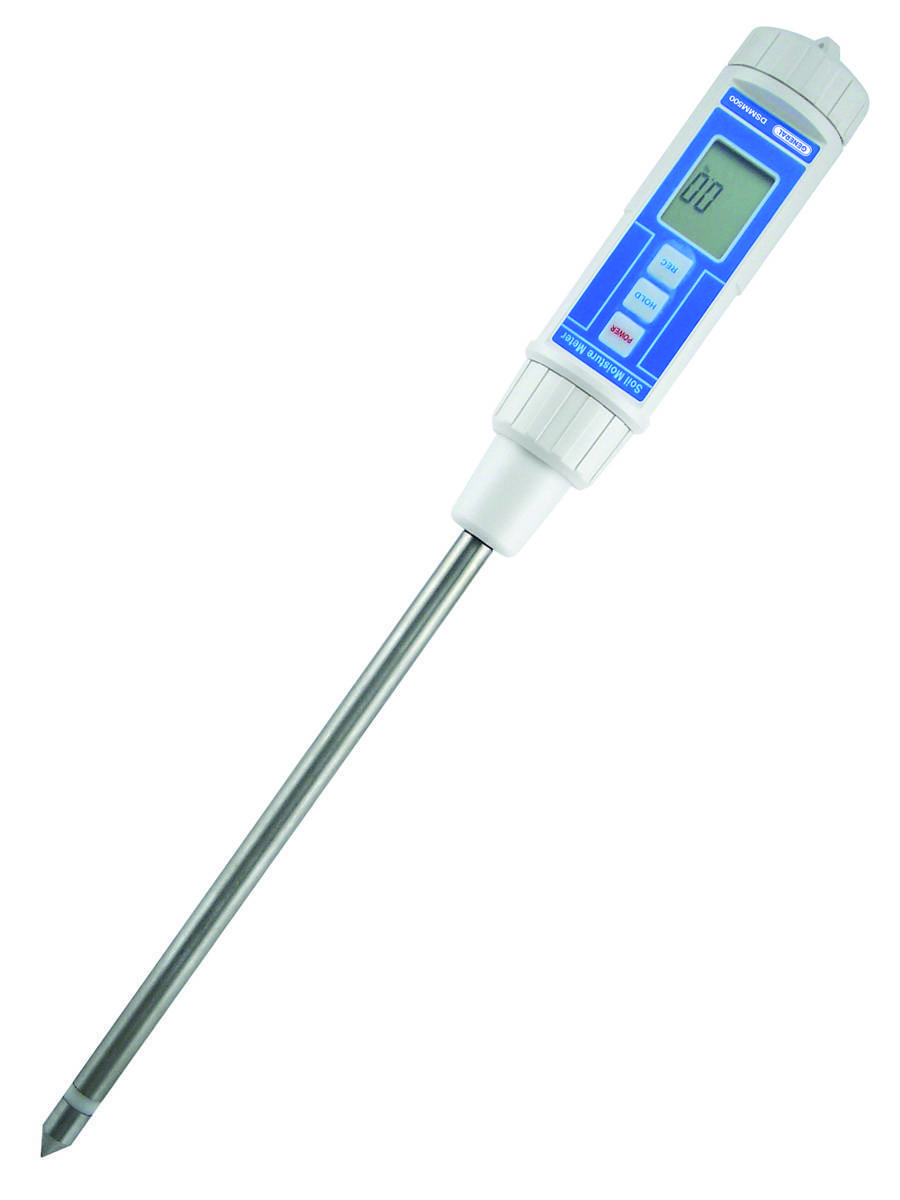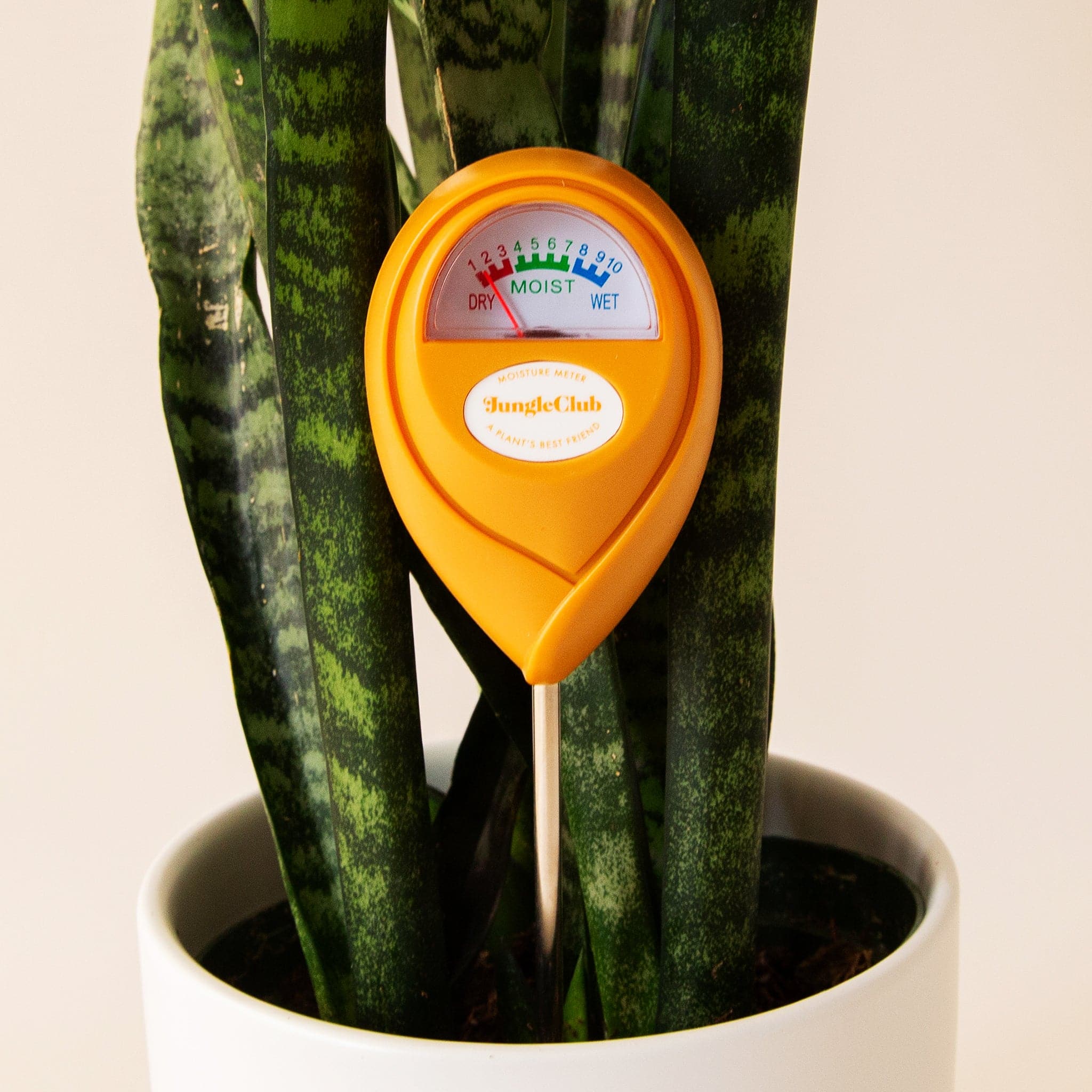Explore the World of Moisture Meters: Everything You Required to Know
In the world of moisture meters exists a world of accuracy and functionality that frequently goes undetected. Understanding just how moisture meters operate, the various types offered, and their diverse usages can lose light on their value in guaranteeing top quality and efficiency.
Exactly How Moisture Meters Work
Moisture meters run by measuring the electrical conductivity or capacitance of products to establish the moisture material existing. These meters are invaluable tools throughout numerous industries, including agriculture, woodworking, and building. By making use of various approaches such as pin-type or pinless innovation, wetness meters supply exact analyses that help professionals make notified decisions.
Pin-type dampness meters function by inserting the sharp pins into the material being evaluated. On the various other hand, pinless dampness meters make use of electromagnetic signals to scan a larger location without triggering any type of damage to the product's surface area.
Regardless of the method used, dampness meters play a crucial duty in stopping problems such as mold development, structural damages, or item problems brought on by excess dampness. Comprehending how these meters job is vital for guaranteeing the top quality and honesty of materials in numerous applications.
Types of Moisture Meters
Given the essential function moisture meters play in numerous industries, it is vital to recognize the different kinds offered to specialists for properly assessing dampness levels - Moisture Meter. There are largely two major types of dampness meters: pin-type and pinless dampness meters

On the various other hand, pinless wetness meters use electro-magnetic sensor plates to check a larger area of the product without creating any kind of damage. This kind appropriates for promptly scanning big areas and is frequently used for floor covering, wall surfaces, and ceilings. Pinless meters are convenient for taking readings on completed surface areas without leaving any visible marks.
Both types of wetness meters have their benefits and are selected based upon the certain requirements of the task handy. Understanding the differences in between these kinds is essential for experts to make accurate wetness analyses.
Applications Throughout Industries
Building and construction experts rely on wetness meters to assess the wetness degrees in building products like concrete, drywall, and wood, which is important for keeping structural honesty and preventing problems like rot or mold and mildew. The flooring market makes use of moisture meters to determine the dampness content in subfloors prior to mounting various flooring treatments, avoiding pricey problems due to excess moisture. In the food market, dampness meters are used to my review here keep an eye on and regulate moisture levels in products such as grains, nuts, and dried fruits to preserve quality and quality.
Tips for Utilizing Dampness Meters
Use the wetness meter's calibration settings to guarantee precise readings when measuring the moisture content in numerous products. Furthermore, make sure the meter is set to the appropriate moisture variety for the material you are measuring to obtain the most specific outcomes.
When utilizing a pin-type wetness meter, insert the pins to the proper deepness recommended for the material being examined. This makes certain that the wetness readings are taken from the proper deepness within the material, giving an extra precise representation of its dampness material. For pinless moisture meters, bear in mind to preserve proper call with the material's surface to obtain trustworthy readings.
Frequently check and replace the batteries in your dampness meter to stop inaccurate analyses due to low power. Shop the meter in a safe and completely dry place when not being used to lengthen its life expectancy and keep its accuracy. By complying with these tips, you can make best use of the performance of your wetness meter and get precise wetness web content measurements across different products.
Maintenance and Calibration
To make sure the precision of wetness material measurements, routine maintenance and calibration of the moisture meter are vital steps in its appropriate functioning. Calibration adjusts the moisture meter to guarantee that it offers consistent and dependable results.
Calibration should be carried out periodically, especially if the dampness meter is utilized often or in vital applications where accurate measurements are required. Several wetness meters include calibration tools or can be adjusted by expert services. Moisture Meter. It is advised to maintain a log of calibration dates and results to track the efficiency of the wetness meter in time. By calibrating the dampness and keeping meter on a regular basis, users can rely on the accuracy of the dampness material measurements gotten.
Conclusion

To conclude, moisture meters play an important duty in various markets by precisely gauging the dampness content of materials. Understanding just how these devices work, the different types offered, and correct upkeep and calibration are important for acquiring trustworthy outcomes. Whether in manufacturing, building, or agriculture, the use of moisture meters helps ensure quality assurance and efficiency in processes.

In verdict, wetness meters play an important role in numerous sectors by precisely measuring the dampness material of materials.